Blue Plastic Hairbrush Art
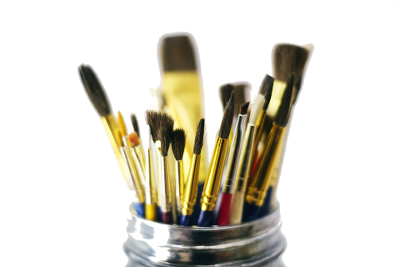
Natural hair or bristles
Brushes with natural bristles commonly use the following animal hairs.
- Goat hair brushes: coarse, no spring. Good for watercolour and calligraphy.
- Hog bristle brushes: coarse, stiff hair. Good for acrylic and oil.
- Horse hair brushes: strong and a little coarse. Good for watercolour and calligraphy.
- Pony hair brushes: soft and strong. Good for watercolour and acrylic.
- Sable hair brushes: soft, flexible and springy. Considered the best of all animal hairs. Good for watercolour and oil. Natural sable hair brushes are expensive, so many manufacturers now use synthetic sable hair instead.
Synthetic bristles
These man-made bristles use either nylon or polyester filaments and are usually cheaper and more durable than natural hair paintbrushes. Synthetic paintbrushes can be soft or stiff, and are referred to as nylon brushes or Taklon brushes.
- Synthetic brushes
- Taklon brushes

Angular
Flat with a sloping edge. Ideal for shading, highlighting, filling corners and tight areas.
View angular brushes

Bright
Flat with edges curving inward at the tip. Ideal for blending, applying thick colours and controlled strokes.
View bright brushes

Dagger
Flat with a fine tip and gradually angled edge, resembling a sword. Ideal for striping, tight curves, freehand lettering and fine line detail work.
View dagger brushes

Deerfoot
Slightly flared with an angled flat end that resembles a deer's foot. Ideal for precise painting and adding texture.
View deerfoot brushes

Eggbert
Similar to a filbert brush, but with longer hair and capable of holding more colour. Ideal for blending, applying colour and figurative work.
View egbert brushes

Fan
Flat and spread out like a fan. Ideal for blending, feathering, smoothing and creating textured effects.
View fan brushes

Filbert
Flat with a rounded edge, forming an oval edge. Sometimes called cat's tongue. Ideal for blending, colour washes, shading and highlighting.
View filbert brushes

Flat / Shader
Medium-length bristles with a square end. Ideal for broad and bold strokes, filling wide spaces, washes, edges, fine lines and stripes.
View flat brushes

Grainer
Flat with a curved head. Produces a repetitive pattern of thin lines, making it ideal for details such as fur and feathers.
View grainer brushes

Liner / Rigger
Thin brush with a very fine point. Ideal for fine lines, outlines, lettering and small details like eyelashes.
View liner brushes

Mop
Available in a variety of shapes, with some resembling a makeup brush while others are flatter and stiffer. Ideal for blending, blurring, softening and large washes.
View mop brushes

Round
These classic brushes have a round or pointed tip. Ideal for filling in areas, outlining, sketching, detailed work and controlled washes.
View round brushes

Spotter
Round with short, tight hair. Less flexible than round brushes, making them ideal for detailed work.
View spotter brushes

Stencil
Round with a flat top and densely packed bristles. Designed specially for stencilling.
View stencil brushes

Wash
Similar to a flat brush but with a squarer and larger head. Ideal for applying colour washes and filling in large areas.
View wash brushes
Paintbrush sizes are indicated on the handle and refer to how big or wide the brush is. The higher the number, the bigger the brush.
The most common sizes are from 000 to 20. Brushes below size 4 are ideal for details, while sizes 4 to 6 are commonly used for painting small areas. Brushes above size 6 are used for broad strokes and large areas. Note that sizes can be inconsistent between brush manufacturers, so a size 6 in one brand could be different to size 6 in another brand.
You may also see sizes listed as 4/0, 10/0, 12/0 and more. These refer to the number of 0s, so 2/0 is 00, 4/0 is 0000 and so on. The more 0s, the smaller the brush.
Flat brushes are sometimes identified by their width in inches, so you'll find their sizes listed as 1/2", 3/4", 1/8" and more.
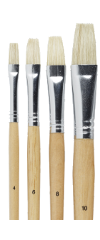
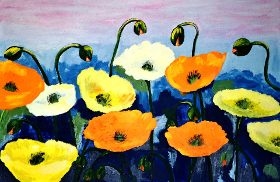
Acrylic
Stiffer brushes are better for acrylic paint so choose hog bristles or a stiff synthetic brush. Natural brushes can get damaged over time due to chemicals used in acrylic paint. As a rough guide, select a brush that's harder than a watercolour brush and softer than an oil paintbrush.
Browse our acrylic paintbrushes
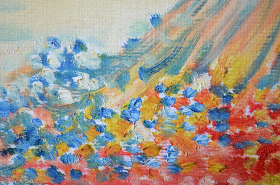
Oil
Hog bristles are best for oil paints as they are strong, resilient and accentuate the qualities of the paint.
Browse our oil paintbrushes
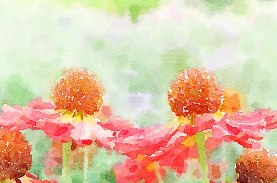
Watercolour
Natural brushes such as sable or squirrel hair brushes are recommended for watercolour painting as they retain their shape longer and can hold more water. Soft synthetic brushes are a good alternative.
Browse our watercolour paintbrushes
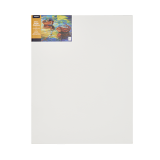
Canvas Boards
Start with a blank canvas and create a masterpiece.
View canvases
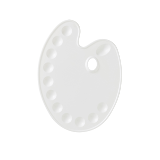
Palettes
A must-have tool for artists of all skill levels.
View palettes
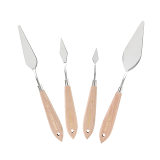
Palette Knives
Great for applying paint and creating textured artwork on canvas.
View palette knives
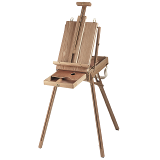
Easels
Make painting more enjoyable and comfortable - and look like a pro.
View easels
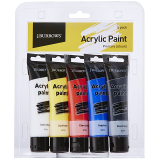
Paint
We have a wide range to suit all projects - watercolour, acrylic, paint and more.
View paint
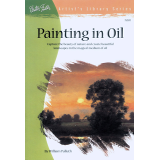
Painting and Art Books
Learn different techniques and hone your skills with these books.
View painting and art books
Source: https://www.officeworks.com.au/information/buying-guides/paintbrushes-buying-guide
0 Response to "Blue Plastic Hairbrush Art"
Post a Comment